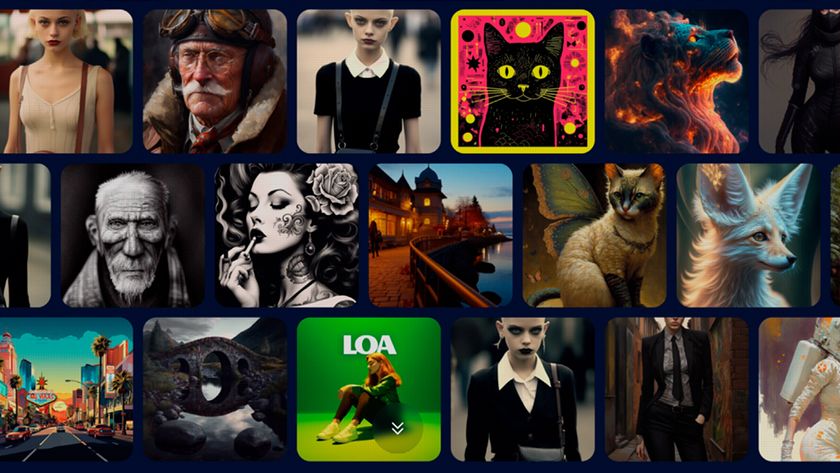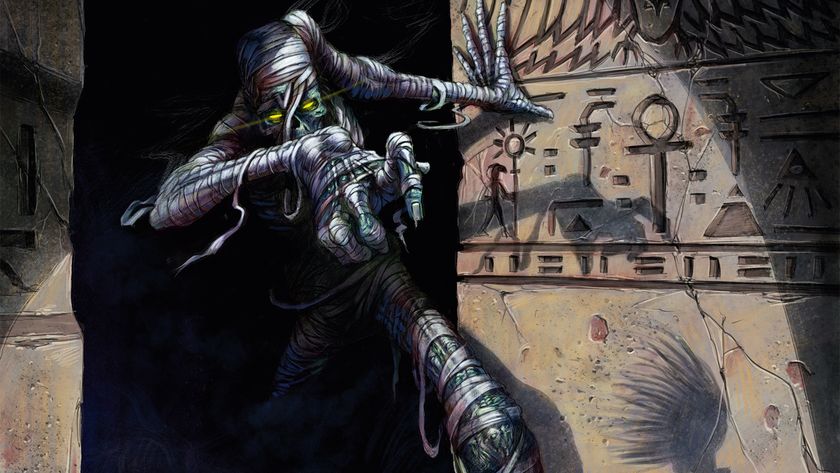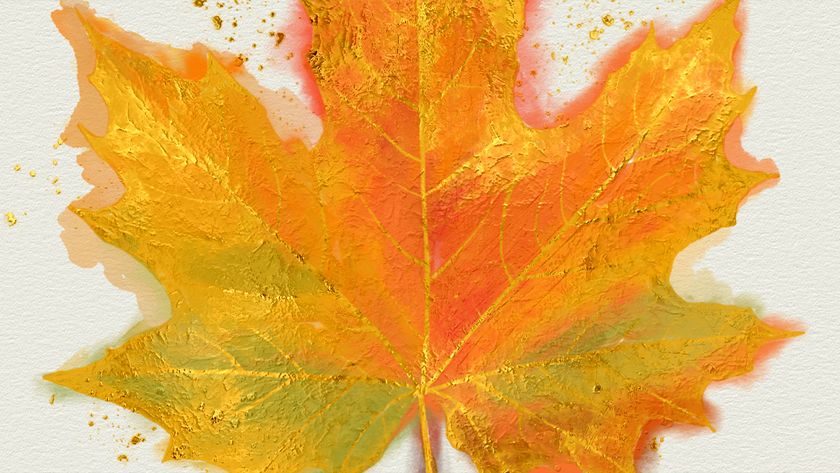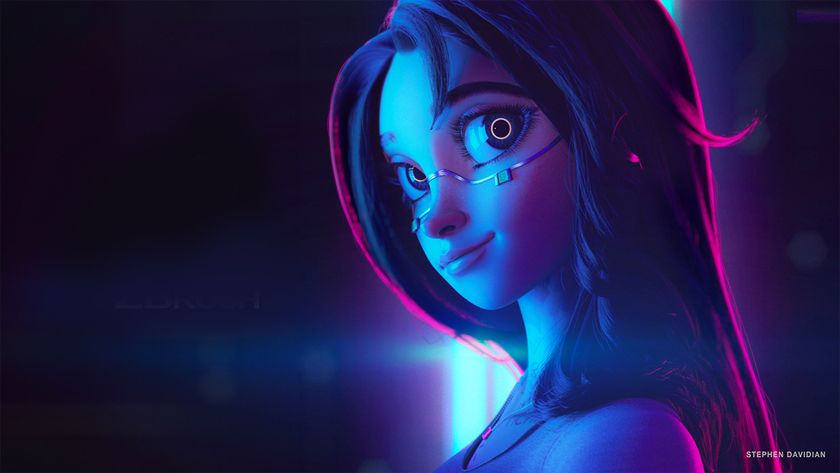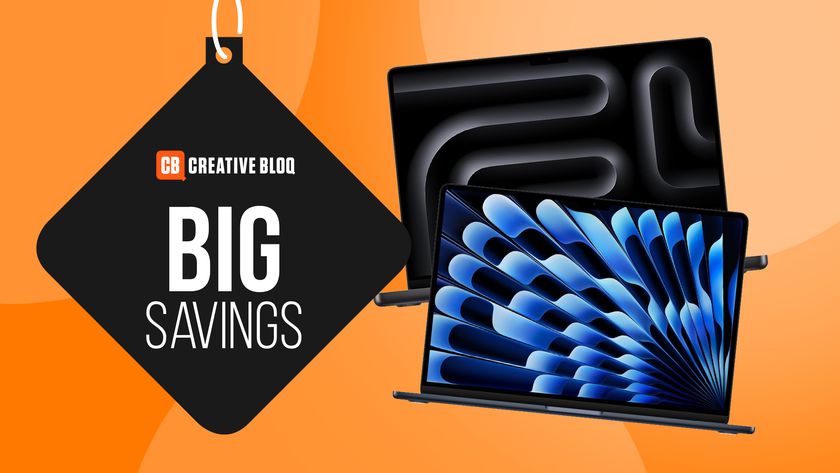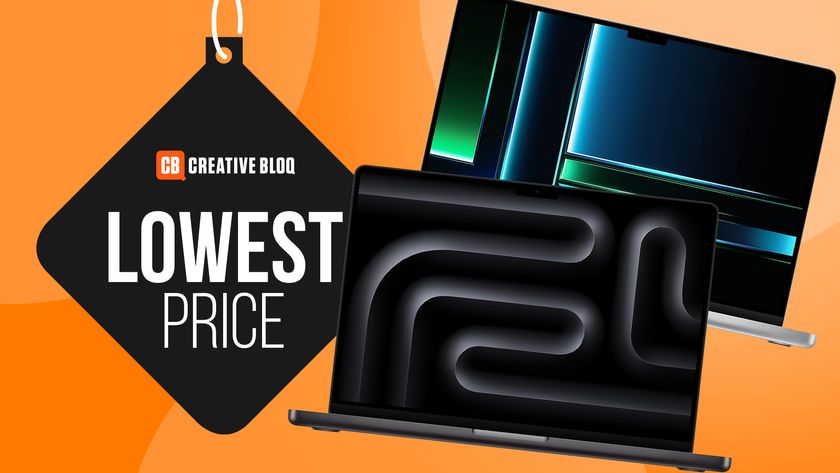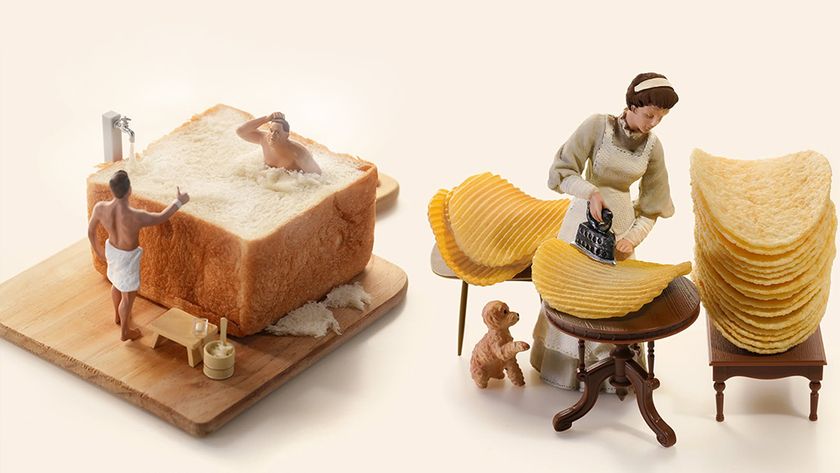Will these new tools change digital art forever?
Cutting-edge tools make it easy to texture 3D models, and even view them as if they're solid objects.
For years now, computers have played an increasingly large part in making life easier for artists and designers, and the process is accelerating. Every new update of the Creative Cloud suite seems to feature an amazing new tool that would have been unimaginable a few years ago.
Most recently there's been Photoshop's Face-Aware Liquify tool, turning complex, painstaking retouching work into the job of a few seconds.
And beyond the world of Photoshop, technology is constantly pushing at the boundaries of what's possible, in order to make it easier to create and achieve stunning results.
If you work in 3D then you'll be all too aware of the challenges of turning a 3D model into something indistinguishable from the real thing, but there's a new high-end solution that enables you to not only quickly create virtual objects clothed in ultra-realistic materials, but also view them as if they were right there in front of you.
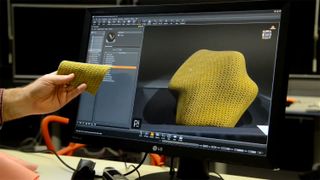
X-Rite's Virtual Light Booth is part of its Total Appearance Capture ecosystem, designed to bring a new level of realism of 3D design and application by capturing real materials and migrating them into the digital world in order to be accurately mapped onto 3D models. Once you've created the perfect 3D model, though, that where the real fun begins.
With the Virtual Light Booth you can render models as if they're real objects, complete with proper texture, gloss, transparency and opacity. The VLB uses motion tracking sensors, spectrophotometers and colorimeters, along with the synchronisation of real-time rendering technology, to mimic real life by adjusting the virtual representation as a person's viewing angle changes.
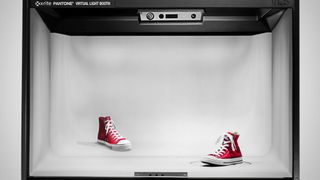
In other words, as you move around, the image on the VLB's display changes in response, so everything you see on it is identical to what you'd see if you were looking at a solid object, saving design companies the time and expense of making actual models, mockups and prototypes for approval purposes.
Get the Creative Bloq Newsletter
Daily design news, reviews, how-tos and more, as picked by the editors.
It's a stunning piece of technology, but it might be just a little beyond the reach of a small studio's budget. Never mind, because a new technology from Adobe offers a similarly easy way to texture 3D models.
StyLit uses computer vision to turn artwork into a 3D texture. With a camera set up to see what you're doing (you can also draw on screen if you prefer), you draw or paint onto a ready-made stencil, sketching a basic 3D scene featuring a set of visual elements – texture, highlights, shadows and so forth.
As you draw, the camera constantly updates a 3D scene on your screen, using what seems to be something similar to a semantic style transfer system to texture and light it in the style of your sketch.
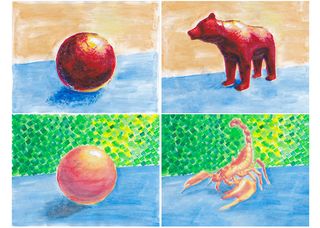
It's very clever indeed, and you don't need to break the bank to try it for yourself; a free demo is available from Adobe, and to run it you'll need a PC with a decent GPU and CPU, plus a suitable camera and the most recent CUDA drivers.
And while it's perhaps a little limited in its applications right now, it has a lot of potential. Between StyLit and X-Rite's technology, another big chunk of the design workflow is going to be automated, with more to follow. How secure do you feel in your job?
Related articles:

Thank you for reading 5 articles this month* Join now for unlimited access
Enjoy your first month for just £1 / $1 / €1
*Read 5 free articles per month without a subscription

Join now for unlimited access
Try first month for just £1 / $1 / €1
Jim McCauley is a writer, performer and cat-wrangler who started writing professionally way back in 1995 on PC Format magazine, and has been covering technology-related subjects ever since, whether it's hardware, software or videogames. A chance call in 2005 led to Jim taking charge of Computer Arts' website and developing an interest in the world of graphic design, and eventually led to a move over to the freshly-launched Creative Bloq in 2012. Jim now works as a freelance writer for sites including Creative Bloq, T3 and PetsRadar, specialising in design, technology, wellness and cats, while doing the occasional pantomime and street performance in Bath and designing posters for a local drama group on the side.
